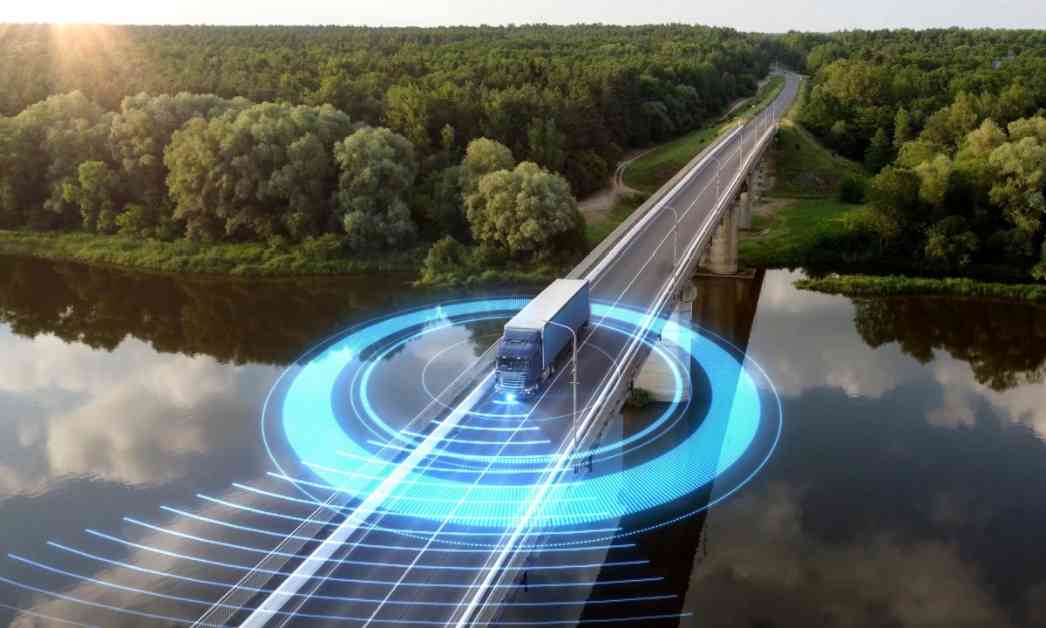Edge AI computing is changing the game when it comes to artificial intelligence (AI) and how it impacts our devices. This innovative technology is bringing AI capabilities directly to our devices, making them smarter, faster, and more private than ever before.
Traditionally, AI has been housed in centralized data centers, but with the rise of edge AI, we are now seeing AI being deployed directly onto the devices we use on a daily basis. This shift is promising faster response times, improved privacy, and the ability to operate in environments with limited connectivity. By processing data locally on devices and local networks rather than relying on distant cloud servers, edge AI allows for faster processing, reduced latency, and enhanced privacy, as data doesn’t have to travel far from where it’s collected and used.
The impact of edge AI on commerce is significant. Retailers are exploring AI-powered cameras and sensors to create cashierless stores where customers can grab items and go, with payment processed automatically. Online shopping is becoming more personalized with AI-enabled devices offering real-time recommendations based on user behavior and preferences. Smart shelves with embedded AI can adjust pricing dynamically based on demand and inventory levels, potentially revolutionizing traditional retail strategies.
The marriage of edge computing and AI is opening up possibilities that were once only seen in science fiction. By processing data locally on devices, edge AI can reduce latency, improve privacy, and operate in environments with limited or no internet connectivity. For example, autonomous vehicles are utilizing edge AI to make split-second decisions crucial for safe navigation. Tesla’s Full Self-Driving computer can process thousands of frames per second from the car’s cameras, allowing the vehicle to operate even in areas with poor cellular coverage.
Smartphones are also benefiting from edge AI, with the ability to run complex AI models locally. Google’s latest Pixel phone, for instance, features on-device AI processing that enables features like Live Translate without an internet connection. The true potential of edge AI extends beyond individual devices to transform entire cities. In Singapore, AI-enabled cameras and sensors are being deployed to monitor traffic flow and public safety, responding to incidents in real-time while minimizing the transmission of sensitive information.
Despite its potential, the rise of edge AI comes with challenges. Hardware limitations mean that edge devices may not be able to run the most advanced AI models. Chipmakers are racing to develop more robust and energy-efficient AI processors to address this issue. The proliferation of AI-enabled devices also raises questions about surveillance and data ownership, emphasizing the need for increased transparency and accountability in these systems.
The future of edge AI is bright, with continued advancements in various industries. In healthcare, companies are developing AI-enabled devices to revolutionize patient care and management. From AI-powered insulin pumps to AI computing platforms for medical imaging, the possibilities are endless. In agriculture, AI is being used to improve crop management and reduce chemical use. As edge AI continues to evolve, we can expect to see even more innovative applications emerge, from smart homes to industrial equipment that can predict and prevent failures before they occur.
